Available 24/7
Available 24/7
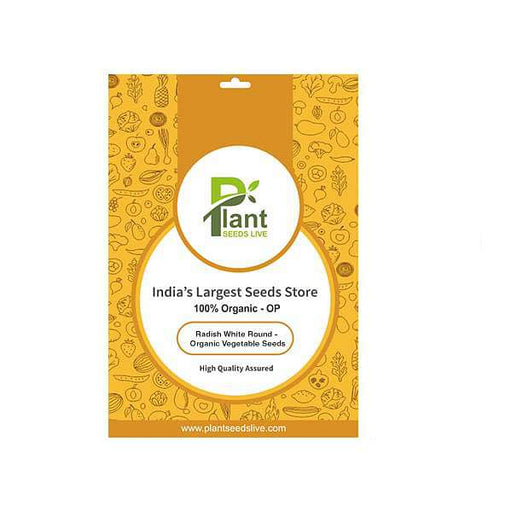
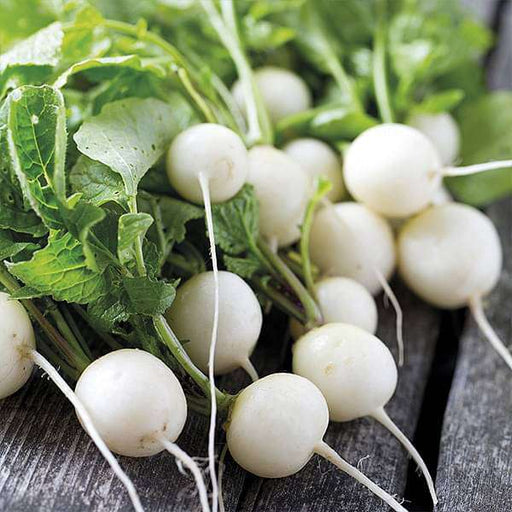 Save 50%
Save 50%
DescriptionIf you are already thinking about what you want to grow in your garden this season, start out right with organic seeds. Enjoy your Kitch...
View full details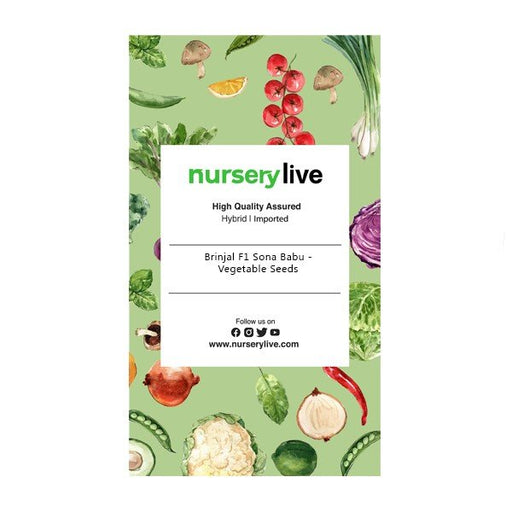
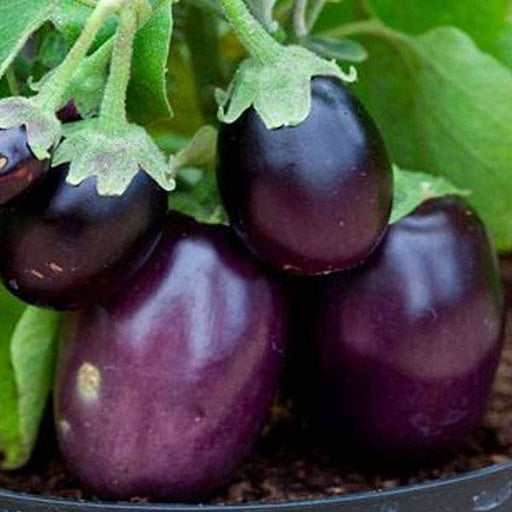 Save 50%
Save 50%
Description 1 packet contains - 50 seeds of brinjal. The brinjal (eggplant or baingan or aubergine) is called the King of Vegetables by some cultur...
View full details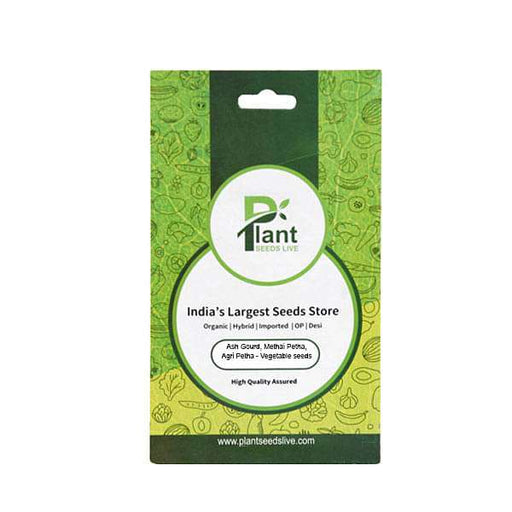
 Save 50%
Save 50%
Description1 packet contains Ash Gourd - 3gm seeds.Ash gourd is a tender vine, which produces large fruit. Famous as a wax gourd, winter melon, whi...
View full details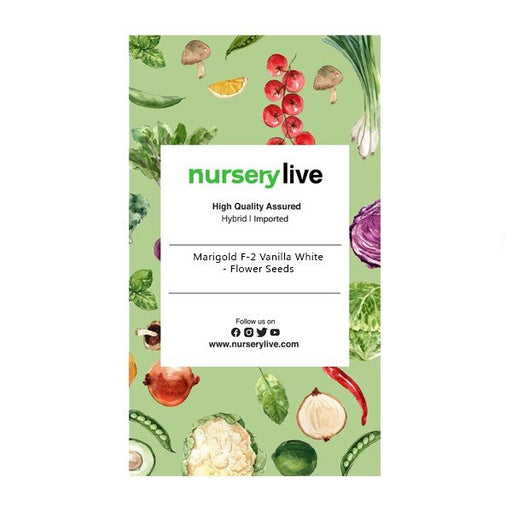
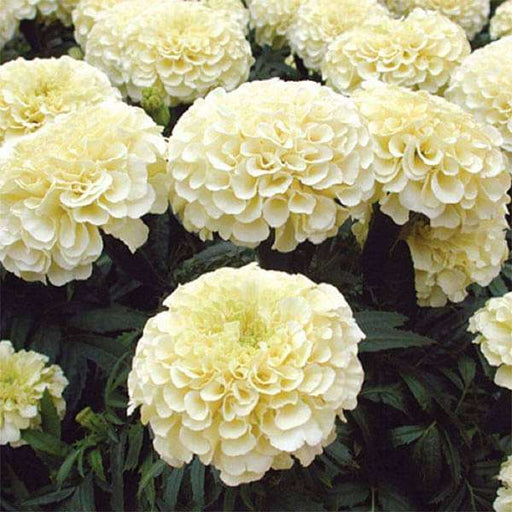 Save 50%
Save 50%
DescriptionMarigold are among the very popular flowers commonly found in India and other countries. In India marigold is one of the most commonly ...
View full details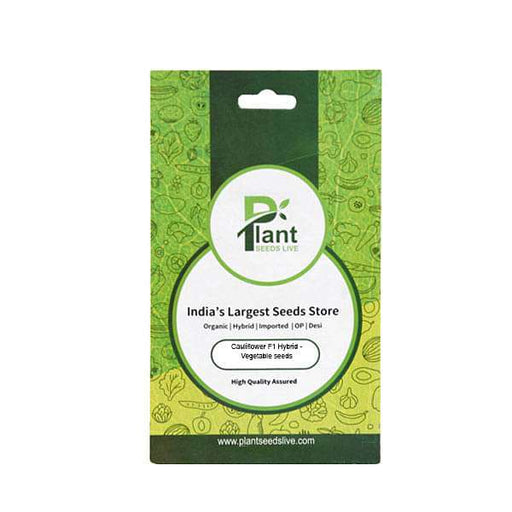
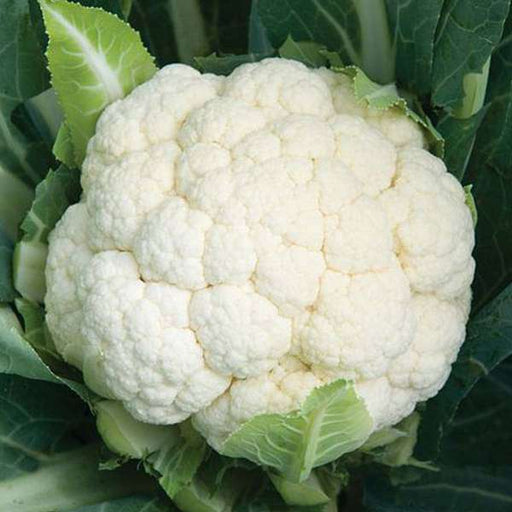 Save 50%
Save 50%
Description 1 packet contains 50 seeds of Cauliflower. Packed with rich nutrients, cauliflower or cabbage flower is one of the commonly used flower...
View full details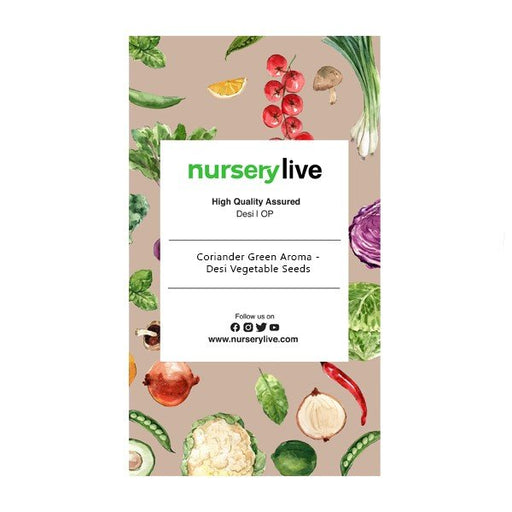
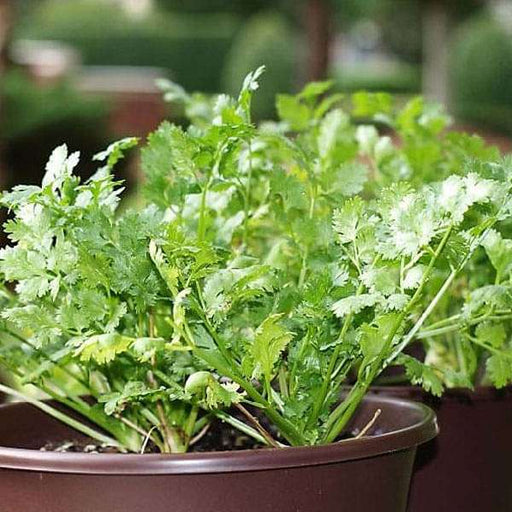 Save 51%
Save 51%
DescriptionAll parts of the Coriander is used in cooking. 1 packet contains approximately 35 seeds.Coriander is a fast-growing, aromatic herb that ...
View full details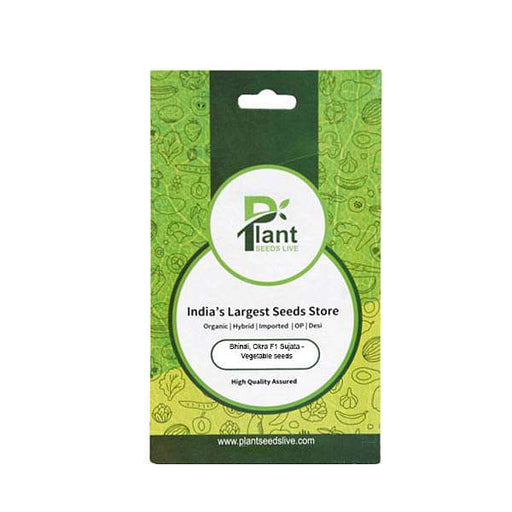
 Save 50%
Save 50%
Description 1 packet contains - 10gm seeds. Bhindi is grow for its long, pointed seed pods, which are used in gumbos and soups. Okra is in the sam...
View full details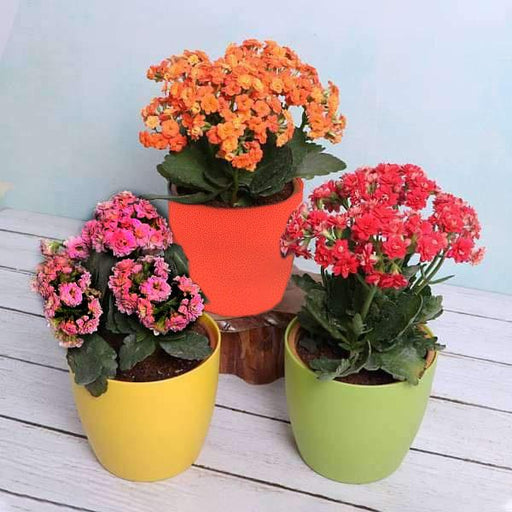
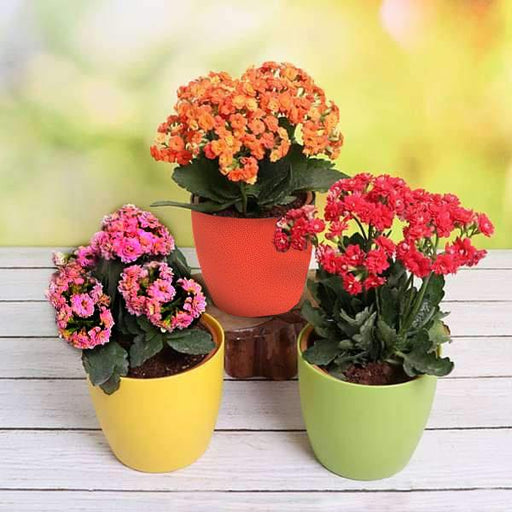 Save 10%
Save 10%
DescriptionThe Kalanchoes are thick leaved elegant flowering succulent houseplants. Make your home garden more vibrant and full of colors by bringi...
View full details Save 45%
Save 45%
Description Pack of 4 succulents that are very easy to care for. A perfect pack to start growing plants worry-free. About You get 4 succulent plant...
View full details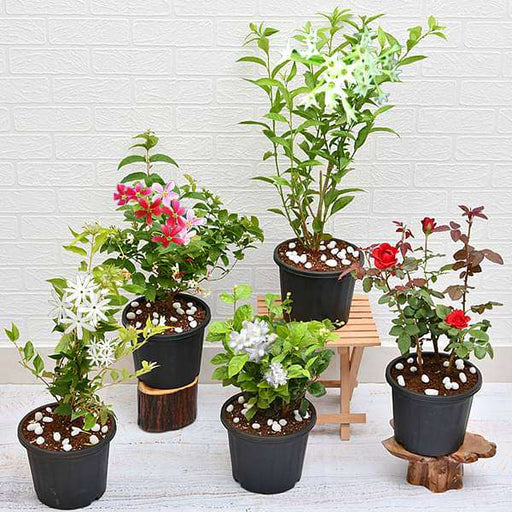 Save 12%
Save 12%
DescriptionAromatic plants bring into a room or house an often overlooked benefit. These plants have a pleasant scent.About You plant a hope when ...
View full details
 Save up to 50%
Save up to 50%
DescriptionIf you long for indoor greenery but have not succeeded with houseplants, consider these beautiful succulents. A perfect pack to start gr...
View full details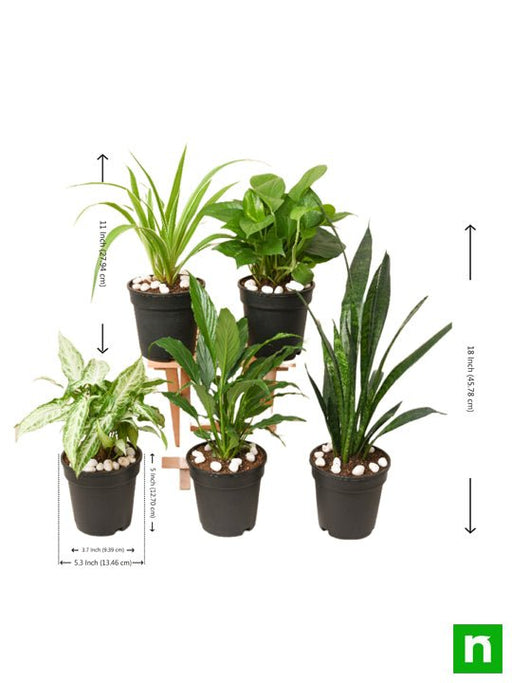
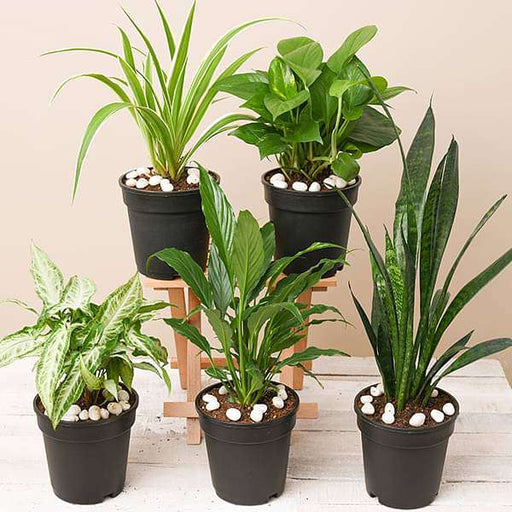 Save 21%
Save 21%
DescriptionThis plants pack contains amazing 5 houseplants + 5 Pots. Surround your home with these best pollution killer plants for a clean and hea...
View full details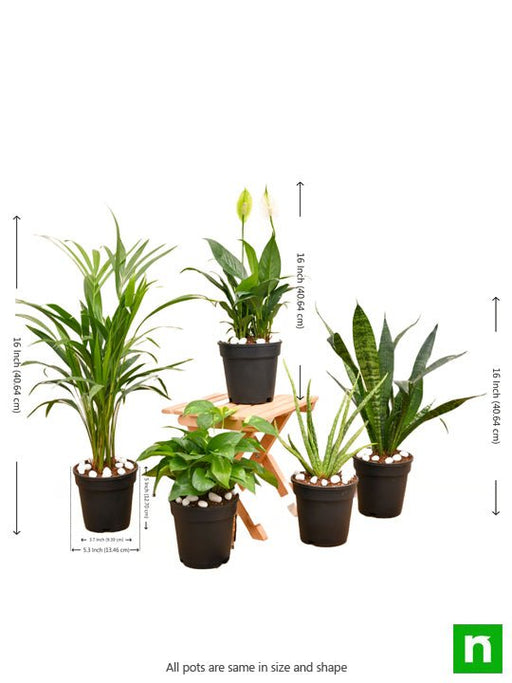
 Save 20%
Save 20%
DescriptionIf you or anyone from your family wants to breathe fresh air, cleaner air in their homes, this 5 plants pack purify the air around and r...
View full details
 Save 40%
Save 40%
DescriptionSet of 2 Bonsai Looking Grafted Adenium PlantsAbout You get 2 Bonsai looking hardy grafted Adenium plants in a single pack.Plants are k...
View full detailsSpring bulbs are a popular choice for adding vibrant color to your garden early in the season. Understanding the different types of spring bulbs and their features can help you choose the best one for your garden needs.
Summer bulbs are perfect for adding a splash of color to your garden during the warmer months. Understanding the different types of summer bulbs and their features can help you choose the best one for your garden needs.
Fall bulbs are ideal for adding a touch of color to your garden late in the season. Understanding the different types of fall bulbs and their features can help you choose the best one for your garden needs.
Winter bulbs are perfect for adding a touch of color to your garden during the colder months. Understanding the different types of winter bulbs and their features can help you choose the best one for your garden needs.
Flower bulbs are a popular choice for adding vibrant blooms to your garden. Understanding the different types of flower bulbs and their features can help you choose the best one for your garden needs.
Vegetable bulbs are perfect for growing your own fresh produce in your garden. Understanding the different types of vegetable bulbs and their features can help you choose the best one for your garden needs.
Tulip bulbs are popular for their vibrant blooms and easy-to-grow nature. Understanding the different types of tulip bulbs and their features can help you choose the best one for your garden needs.
Daffodil bulbs are popular for their bright yellow blooms and ability to naturalize. Understanding the different types of daffodil bulbs and their features can help you choose the best one for your garden needs.
Crocus bulbs are popular for their early-blooming nature and ability to naturalize. Understanding the different types of crocus bulbs and their features can help you choose the best one for your garden needs.
Hyacinth bulbs are popular for their fragrant blooms and vibrant colors. Understanding the different types of hyacinth bulbs and their features can help you choose the best one for your garden needs.
Iris bulbs are popular for their stunning blooms and ability to naturalize. Understanding the different types of iris bulbs and their features can help you choose the best one for your garden needs.
Lily bulbs are popular for their stunning blooms and fragrant scents. Understanding the different types of lily bulbs and their features can help you choose the best one for your garden needs.
Dahlia bulbs are popular for their vibrant blooms and ability to thrive in a variety of conditions. Understanding the different types of dahlia bulbs and their features can help you choose the best one for your garden needs.
Gladiolus bulbs are popular for their tall, showy spikes of blooms. Understanding the different types of gladiolus bulbs and their features can help you choose the best one for your garden needs.
Allium bulbs are popular for their unique, globe-shaped blooms and ability to naturalize. Understanding the different types of allium bulbs and their features can help you choose the best one for your garden needs.
Snowdrop bulbs are popular for their early-blooming nature and ability to naturalize. Understanding the different types of snowdrop bulbs and their features can help you choose the best one for your garden needs.
Muscari bulbs are popular for their unique grape-like clusters of blooms and ability to naturalize. Understanding the different types of muscari bulbs and their features can help you choose the best one for your garden needs.
Fritillaria bulbs are popular for their unique, bell-shaped blooms and ability to naturalize. Understanding the different types of fritillaria bulbs and their features can help you choose the best one for your garden needs.
Ranunculus bulbs are popular for their vibrant, ruffled blooms and ability to thrive in a variety of conditions. Understanding the different types of ranunculus bulbs and their features can help you choose the best one for your garden needs.
Anemone bulbs are popular for their delicate, daisy-like blooms and ability to naturalize. Understanding the different types of anemone bulbs and their features can help you choose the best one for your garden needs.
Bulbs are underground storage organs that are used by certain plants to survive seasonal changes and to propagate.
The different types of bulbs include flower bulbs, vegetable bulbs, and ornamental bulbs.
Flower bulbs are bulbs that produce flowers, such as tulips, daffodils, and lilies.
Vegetable bulbs are bulbs that are used for cooking, such as onions, garlic, and shallots.
Ornamental bulbs are bulbs that are used for decorative purposes, such as hyacinths, crocuses, and snowdrops.
Choose bulbs that are suitable for your climate and soil conditions, and select bulbs that are firm, healthy, and free of damage or mold.
The best time to plant bulbs depends on the type of bulb and the climate of your area. Generally, bulbs are planted in the fall or early spring.
To plant bulbs, dig a hole that is twice the depth of the bulb, place the bulb in the hole with the pointed end facing up, and cover it with soil.
The best soil for planting bulbs is a well-draining soil that is rich in organic matter, such as compost.
After planting bulbs, water them well and keep the soil moist. Once the flowers have bloomed, allow the foliage to die back naturally before cutting it back.
A corm is a solid, fleshy stem base that stores food, while a bulb is an underground storage organ that stores food in scales or layers.
A bulb is an underground storage organ that has scales or layers, while a rhizome is an underground stem that grows horizontally.
The harvesting time of vegetable bulbs depends on the type of vegetable. Consult with a gardening expert or refer to seed packets for harvesting information.
To store bulbs, remove the foliage and allow the bulbs to dry completely. Then, place them in a cool, dry place until planting time.
To divide bulbs, carefully dig them up and separate the smaller bulbs from the larger ones. Replant the smaller bulbs in a new location.
A hardy bulb is a bulb that can survive cold winters and can be left in the ground over the winter. A tender bulb is a bulb that cannot survive cold winters and must be dug up and stored indoors over the winter.
The best way to protect bulbs from pests is to plant them in a protected area or to use a natural pest repellent, such as garlic or neem oil.
Healthy bulbs should be firm, dry, and free of mold or damage. They should also have a visible bud or shoot.
To plant bulbs in containers, fill the container with potting soil, plant the bulbs at the recommended depth, and water well.
An annual bulb is a bulb that completes its life cycle in one year and must be replanted each year. A perennial bulb is a bulb that comes back year after year.
If your bulbs are not growing or are showing signs of nutrient deficiencies, such as yellowing leaves, they may need fertilizer.
The best way to apply fertilizer to bulbs is to follow the instructions on the fertilizer package, mixing it with water and applying it directly to the soil around the base of the plant.
To protect bulbs from frost, cover them with a layer of mulch or straw before the first frost, and water them well before covering.
A true bulb is a bulb that has scales or layers, while a false bulb is a modified stem that has a bulb-like shape.
To plant bulbs in a lawn, dig a small hole in the lawn, plant the bulb, and replace the soil and turf.
Tender bulbs should be lifted and stored indoors before the first frost of the season. Consult with a gardening expert or refer to seed packets for specific timing information.
Yes, bulbs can be planted in a raised bed, and it can be a great way to control soil quality and drainage.
The best way to propagate bulbs is to divide them, either by digging them up and separating the smaller bulbs or by removing bulb offsets.
If your bulbs are growing well and have healthy leaves, they are likely getting enough water. If they are not growing or have wilted leaves, they may need more water.
The best way to display bulbs indoors is to plant them in a decorative container, such as a vase or a glass jar, and place them in a bright, sunny location.